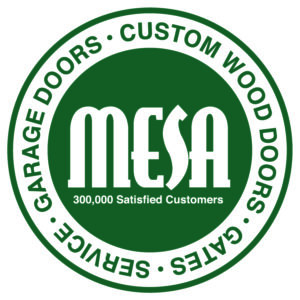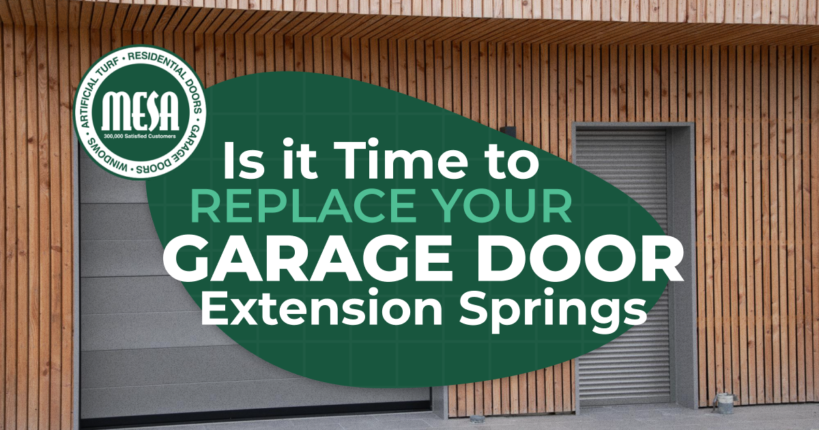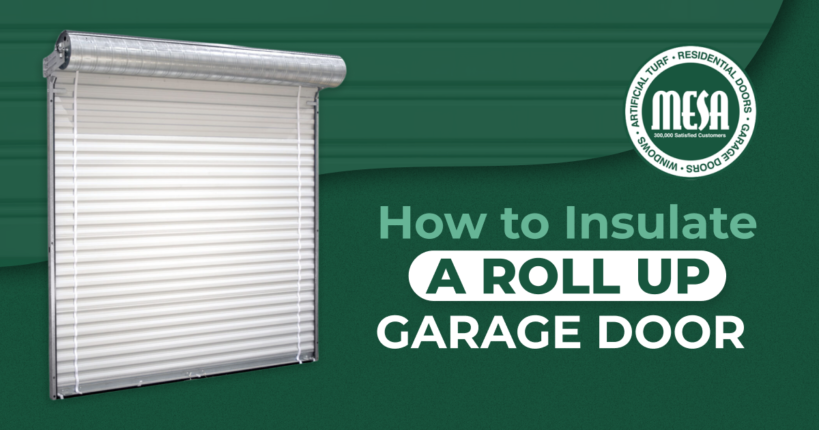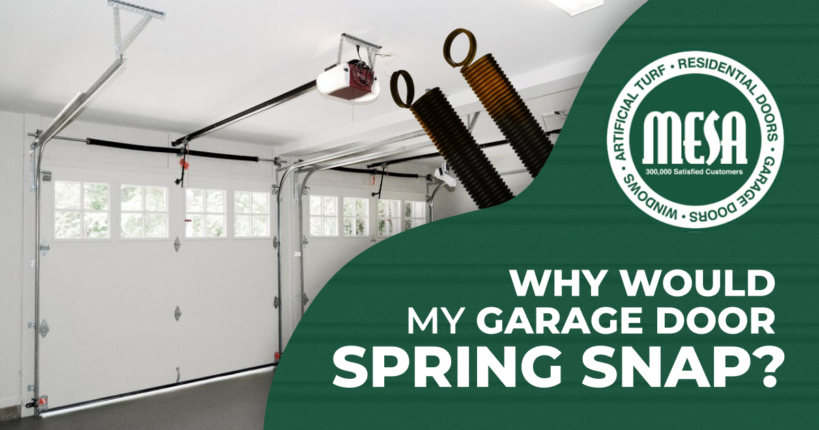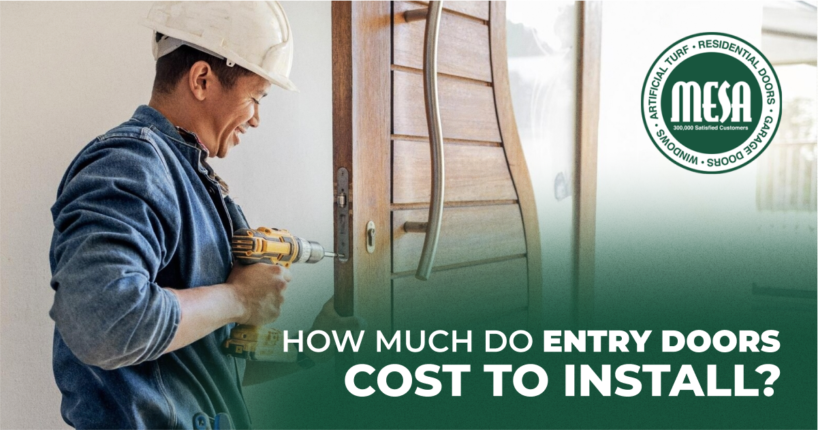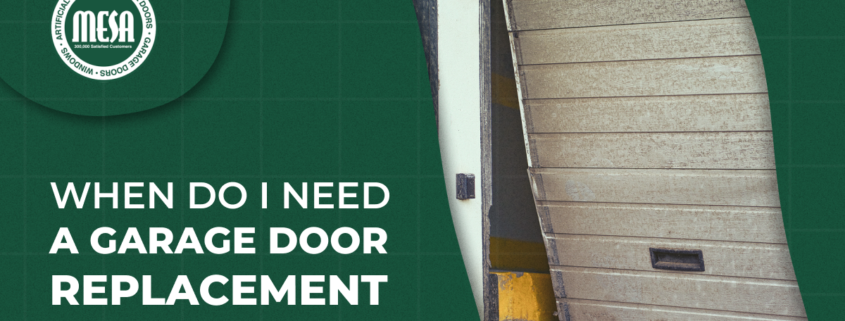Is It Time to Replace Your Garage Door Extension Springs?
Broken spring replacement is one of the most common garage door repairs, so you’ll eventually need new extension springs. Mounted on both sides of the track, they fully extend when the door is closed, storing energy to aid in opening it when you press the garage door opener button. However, this constant stretching causes wear and tear.
An extension spring can last for 10,000 cycles (that’s nearly 7 years if you operate your garage door four times a day). When it breaks, it can cause serious property damage, and being hit by parts of a spring can cause injury or worse. But you don’t have to wait too long. Call a professional to replace your garage door extension springs if you notice the following signs:
Loose or Broken Cable
Any looseness or slackness in the cable can mean the spring it’s supporting is failing. The spring is normally tightly wound, exerting pressure that holds the cable in place. Even if the damage to the spring isn’t yet visible, the cable will start to slip out of place. A broken cable will have strands frayed in every direction. It can fall to the ground, disconnect from the garage door system, or catch between the jam and door.
A Visible Gap In the Spring
A spring is one continuous, tightly wound coil. If it breaks, it cannot maintain its shape and unwinds, forming a gap at the point where it has failed. This does not mean all its energy has been released. Call a garage door repair professional because attempting a DIY fix can be dangerous. The spring can rapidly uncoil further, while sharp pieces can also injure you. Tinkering with your garage door system can also lead to more damage.
The Garage Door Opens Only Part Way
If an extension spring is wearing out, it can’t produce enough energy for the door to fully open. The garage door may open only halfway or maybe about six inches. When this happens, check if the spring looks worn out. If so, call a repair technician to fix it before it fails.
A Crooked Garage Door
Damage to an extension spring often causes a garage door to lean to one side. This is because the broken spring isn’t supporting it. An uneven garage door can damage the tracks, causing it to get stuck. Therefore, having the problem fixed as quickly as possible will avoid paying for additional repairs.
The Garage Door Is Jerky
Instead of being crooked, the door may make a jerky motion as it opens or closes. This means the springs are not properly supporting it. If not fixed in time, the garage door can fall to the ground and break apart. Replacing a spring is relatively quick and inexpensive for a professional; performing major repairs or garage door replacement is a different story.
Lots of Noise
If the extension springs are going bad, your garage door may make creaking, moaning, screeching, or popping sounds as it’s running. A lot of squeaking also indicates a spring problem. Lubricating the springs can quiet things a bit, at least temporarily. But noise often means the damage is adding up. A banging or other very loud sound from your garage is the telltale sign a garage door spring has broken.
You Can’t Lift the Garage Door
The door should be easy to lift after you pull the opener’s emergency release rope. This is a recommended way to test your garage door system. If you’ve disengaged the release mechanism and can’t pull the garage door up, you likely have a broken spring.
Why Should I Replace My Garage Door Extension Springs?
Aside from your garage door functioning more smoothly, replacing the springs improves your safety. A failing spring can break apart. The pieces can strike and injure a person or damage a vehicle. Irreparable damage to your garage door can also occur. Garage door springs have a finite lifespan, but replacing them when recommended can extend the lifespan of your garage door while reducing repair and maintenance costs.
Do I Need a Professional for Extension Spring Repair?
Replacing the extension springs should only be done by a professional. Hiring a contractor can save you time and money. A technician has the tools, knowledge, and equipment to replace a faulty spring quickly. The risk of injury is minimized while the warranty usually covers parts and service. Therefore, your best option is to hire a licensed contractor.
Contact Mesa Garage Doors
Our garage door repair professionals can fix any problem with any type of garage door. Extension spring replacement is a simple task for them. Our team can save you time, stress, and money by quickly replacing worn or broken extension springs. If you notice any of the signs above, call (800) 893-1107 to request assistance.
